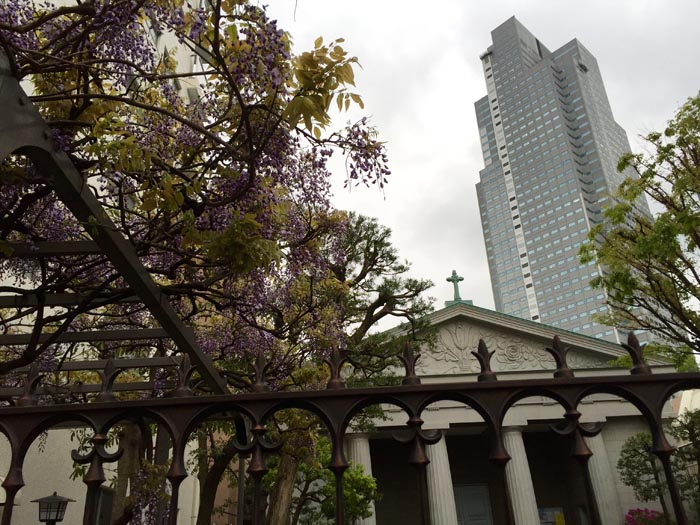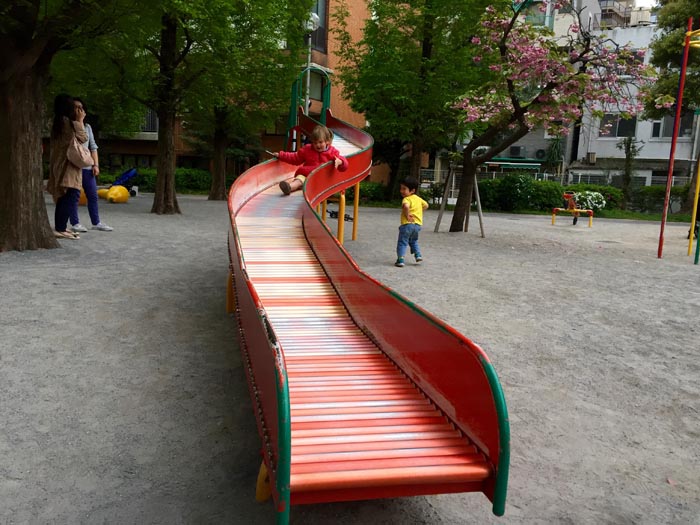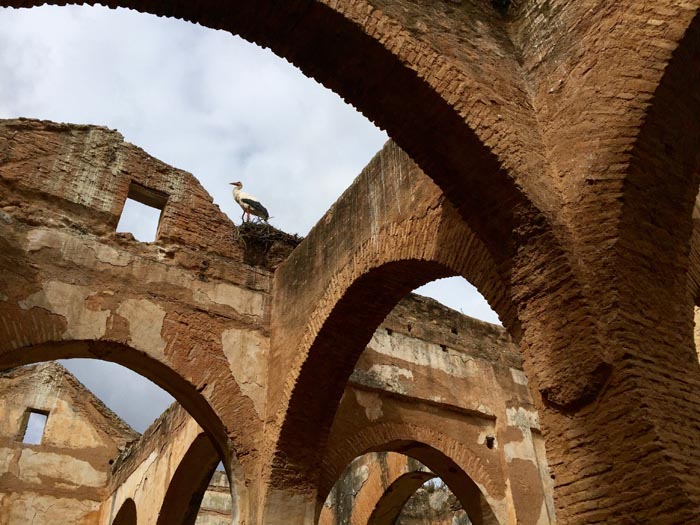We spent three nights at a lovely, whimsical guesthouse in Ōiso, converted from a truck repair garage into a home, music studio, and guesthouse.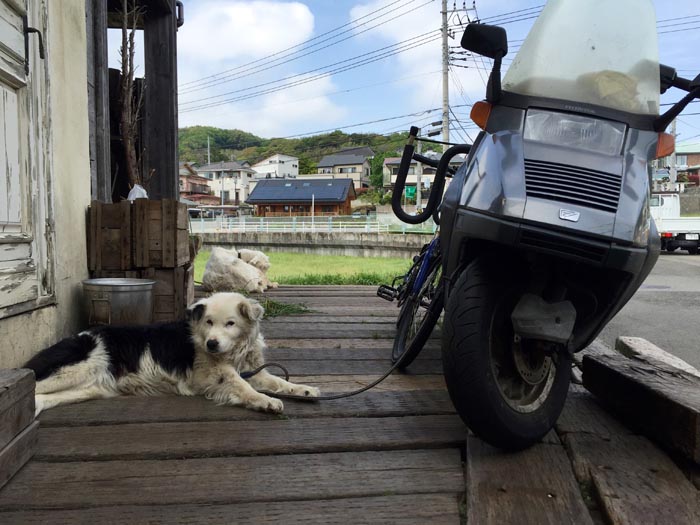 Continue reading “Ōiso And Hakone”
Continue reading “Ōiso And Hakone”
Kawaii at DisneySea
While waiting in line for a small roller coaster at DisneySea Tokyo, Theo befriended a gaggle of young adults who took turns lending him their Disney apparel and then chorusing “kawaii” (cute) when Theo would model it.
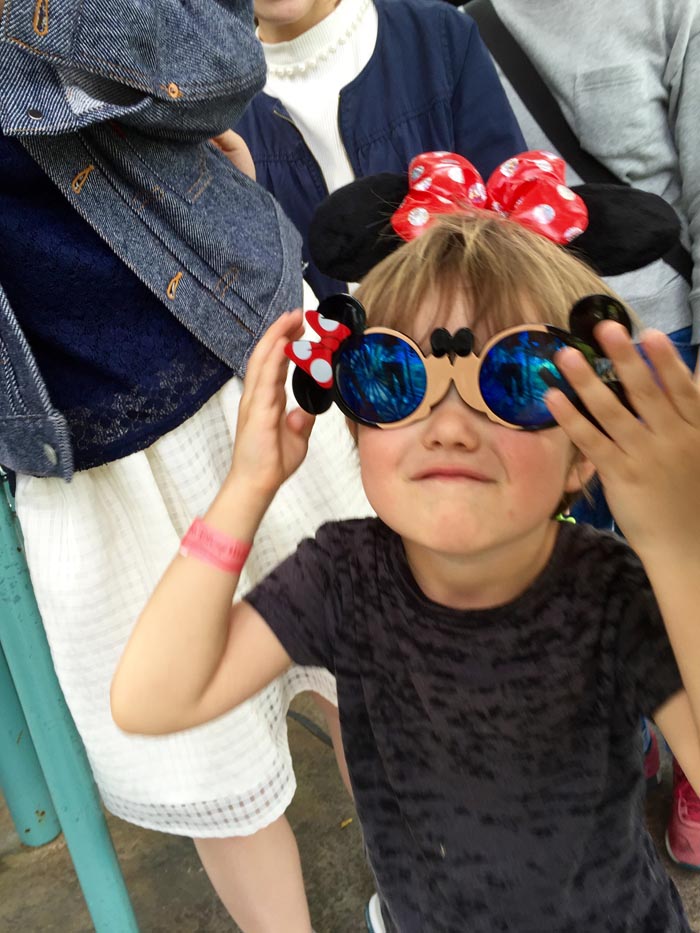
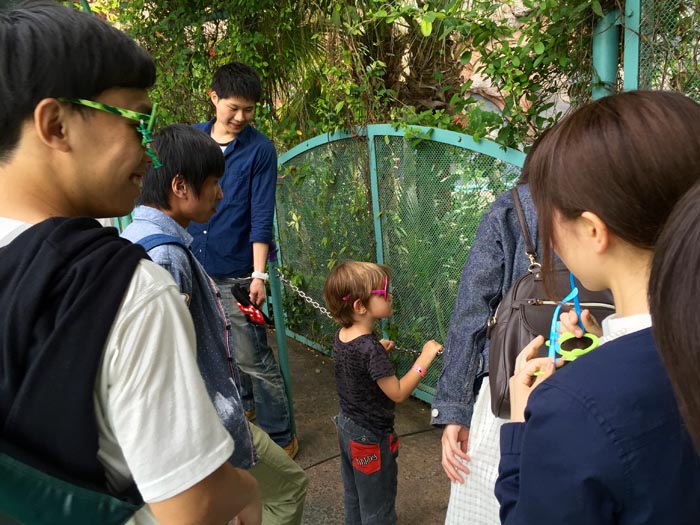
Our Quick Stay In Tokyo, In Photos
Books I Read About Japan While In Japan
Underground is a collection of interviews of the victims of 1995 sarin attacks in the Tokyo subway system. The interviews don’t just provide information about the attacks from the perspective of those impacted, but also paint a picture of the daily lives and priorities that were interrupted on that day.
Geisha, A Life is the memoir of Mineko Iwasaki, who lived in Kyoto’s Gion Kobu district during the 1960s and 70s and was a highly successful geisha through her retirement at age 29. Iwasaki was a chief informant for Arthur Golden’s Memoirs of Geisha which (somewhat confusingly) is a novel, not a memoir. Geisha, A Life is a less sensational (but still fascinating) peek into the daily life of Iwasaki from childhood through her retirement.
I also read and enjoyed two novels this month, both of which unfolded slowly as they explored the quirks of their characters. The Lake is a novel set in modern-day Tokyo that slowly reveals the past of its two main characters as they grow closer. Norwegian Wood is a coming-of-age novel set in Tokyo in the 1960s with themes of love, sex, and death.
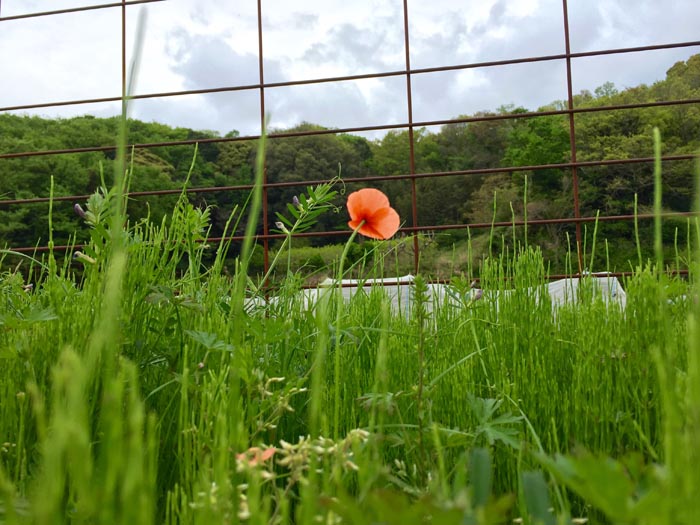 I am an Amazon affiliate, which means that if you make a purchase after clicking on a link above, I will receive a very, very small amount of money.
I am an Amazon affiliate, which means that if you make a purchase after clicking on a link above, I will receive a very, very small amount of money.
Theo Hates Deserts (But Camels Are Nice!)
Because traversing 1/3 of the globe all at once seemed like a poor idea, I split our journey between Japan and Morocco into two parts; after leaving Tokyo, we spent two nights in Abu Dhabi in a posh hotel that we booked for cheap through Etihad Airline’s stopover program.
I have to admit that mostly we just stayed in the hotel, with occasional excursions to the nearby mall for Indian, Thai, and Lebanese food. (Normally, I find malls pretty unappealing. However, if they all had food courts like this one, I expect I’d like them a lot more.)
Other than the mall, the only exploring we managed was half-day trip to the desert. Normally, Theo is a pretty good traveler. On this particular day, well, he wasn’t.
Apparently, Theo hates deserts. Continue reading “Theo Hates Deserts (But Camels Are Nice!)”
Franspanol
Our host Hakim was kind enough to pick us up the at the airport in Rabat, Morocco. In AirB&B messages, he had mentioned that he doesn’t speak English (and that his wife was translating), but I had kind of assumed that he didn’t speak English in the same way that many people we’ve met during our travels “don’t speak English,” which often means that they speak it fairly competently.
However, Hakim really doesn’t speak English. He does however speak excellent French and Spanish (presumably, in addition to Arabic), both of which Brian and I speak poorly. So, our communication on the drive home consisted of us just grasping at whatever Spanish or French word would come to mind and communicating using the mangle that resulted. It worked surprisingly well.
We’ve been expecting that Morocco will make for one of our steeper language barriers and push us to practice other languages. It should be fun!
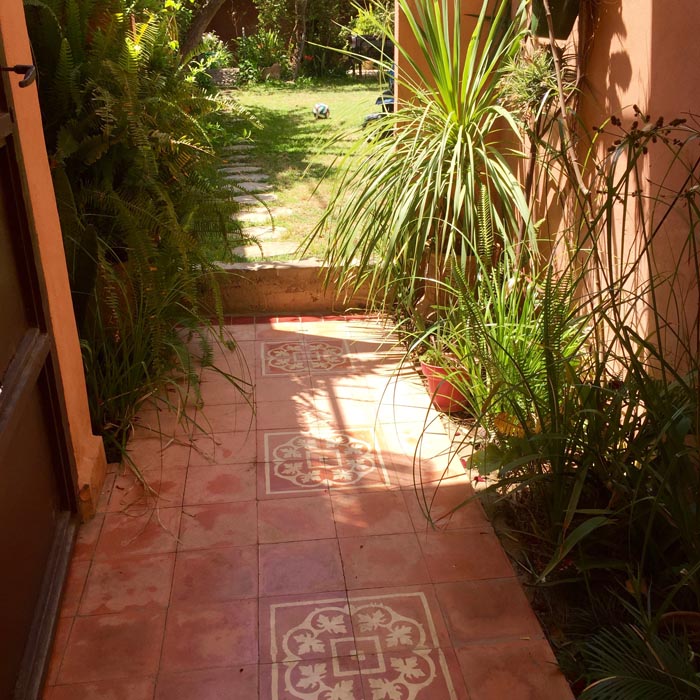
Some Of The Critters Near Our House
We have two tortoises that live in the yard that we share with our hosts, as well as several peacocks that live a house away. The peacocks are loud and sound at times like quarreling cats while the tortoises, unsurprisingly, are very quiet and demure.
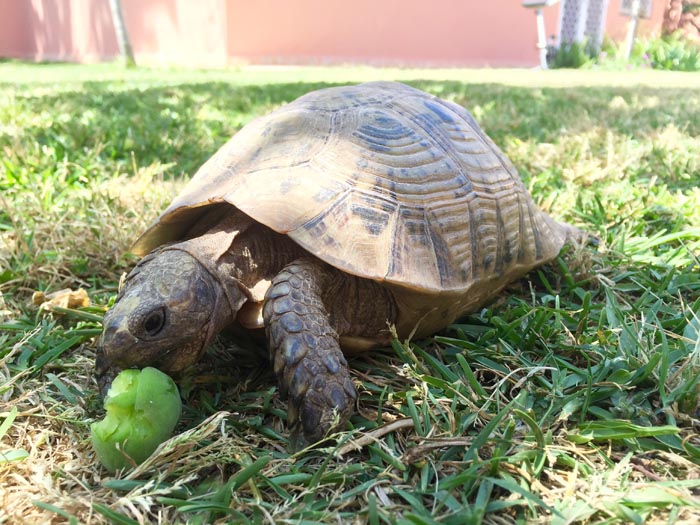
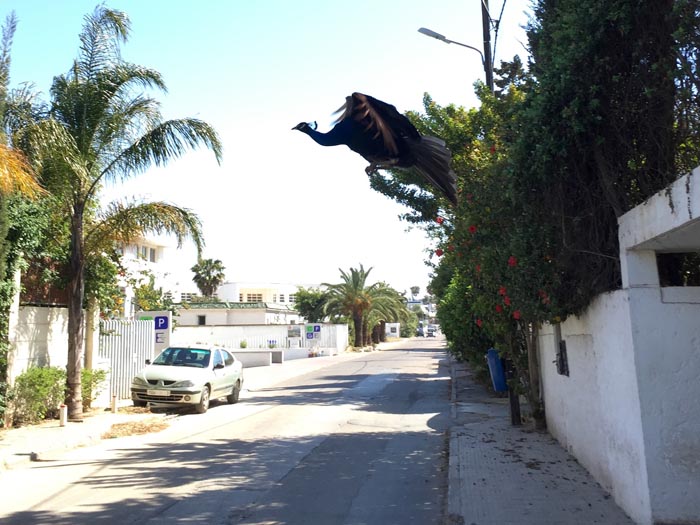
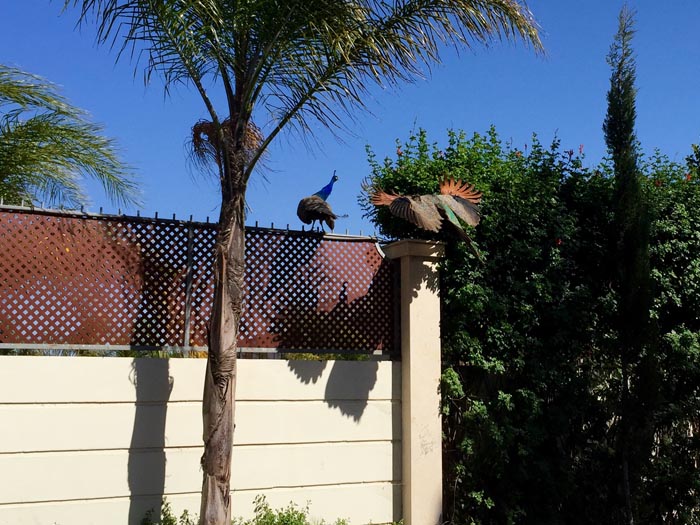
Every time I reach for detergent, I’m startled by a cool looking lizard that lives in the cabinet above our clothes washer. He, alas, has refused to pose for photos.
Moroccan Tea
Moroccan tea, a blend of green tea, mint, and sugar, is served pretty much everywhere here. Even though I don’t usually like my beverages with sugar, I have to admit that I find this particular super-sweet beverage delicious.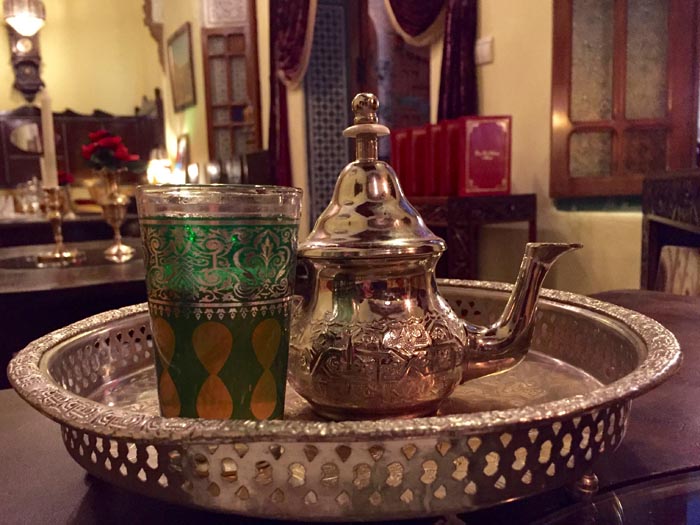
Chellah
With Theo stashed away at his new preschool, Brian and I visited Chellah — the ruins of an ancient Roman town, later converted to a necropolis, and now a lovely, stroll-able garden and stork nesting ground.
Cooking in Rabat – Tajine
Finding a Moroccan cooking class in Rabat was challenging – when searching online, I kept being redirected to classes Marakesh. Luckily, I eventually found the web site of Salam Cultural Center, which offers cooking classes in Rabat in addition to language and cultural exchange programs.
For our main course, we made the ubiquitous tajine, a word that describes both the pot used to cook/serve the dish and the food itself. Continue reading “Cooking in Rabat – Tajine”

